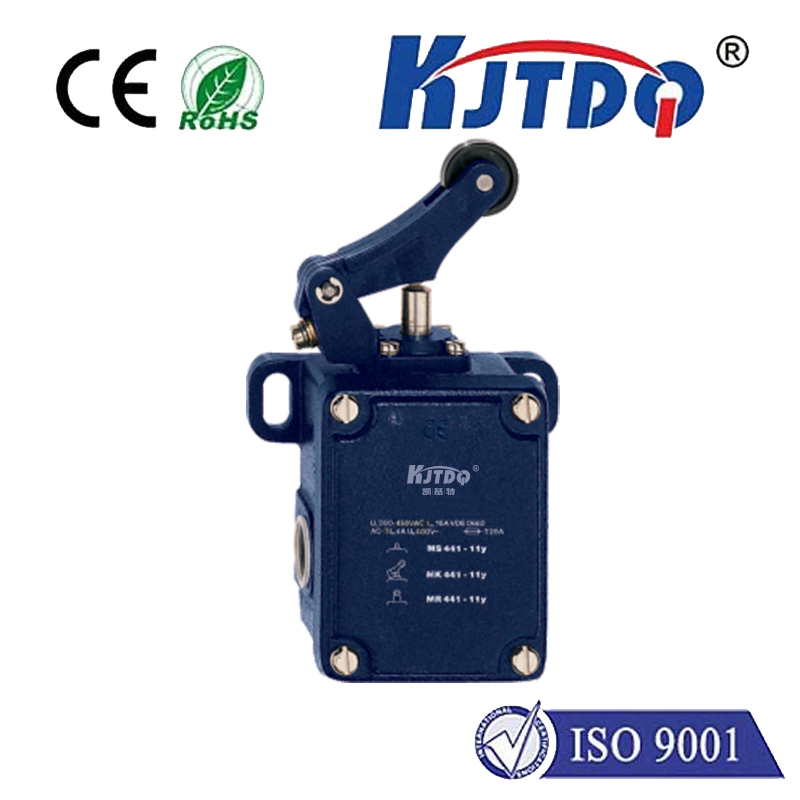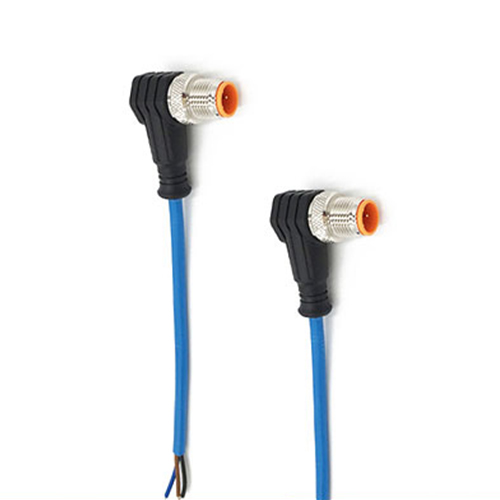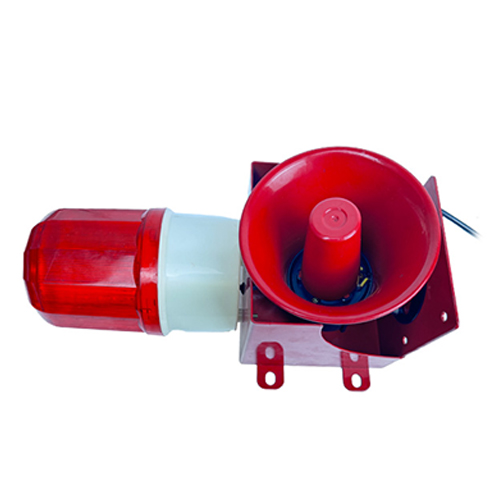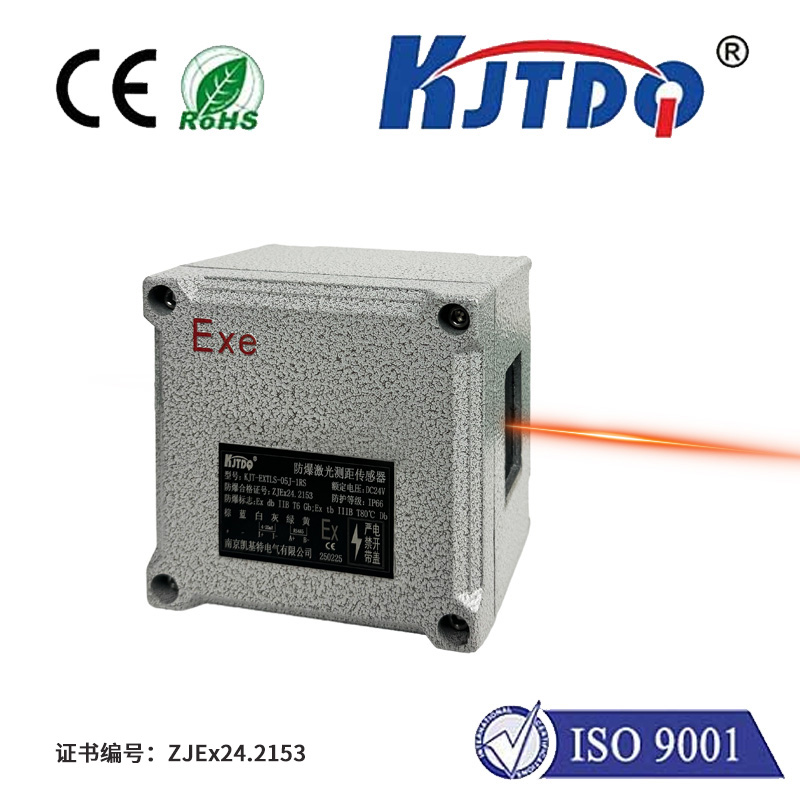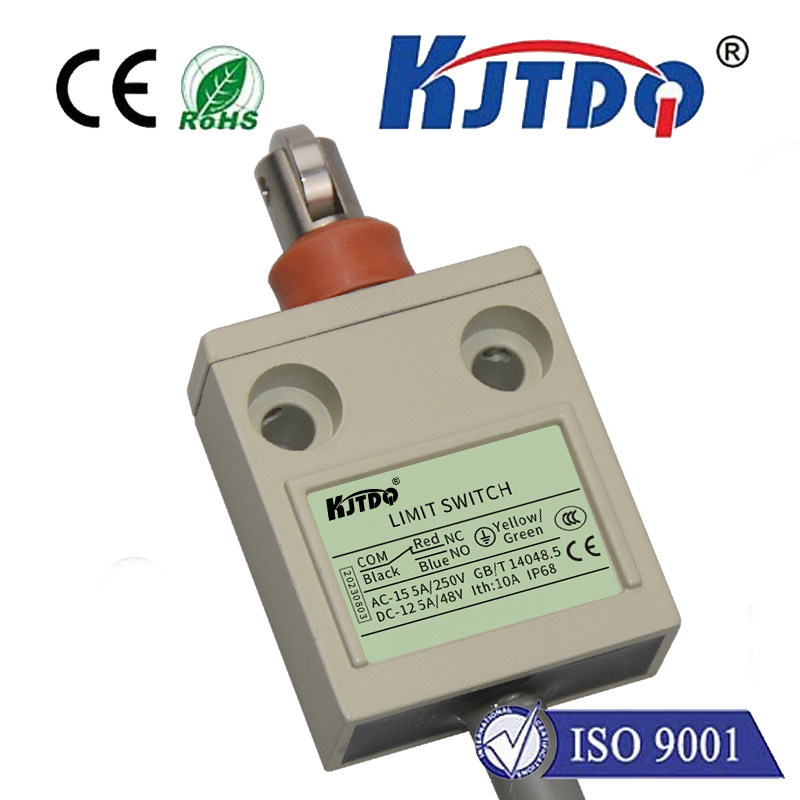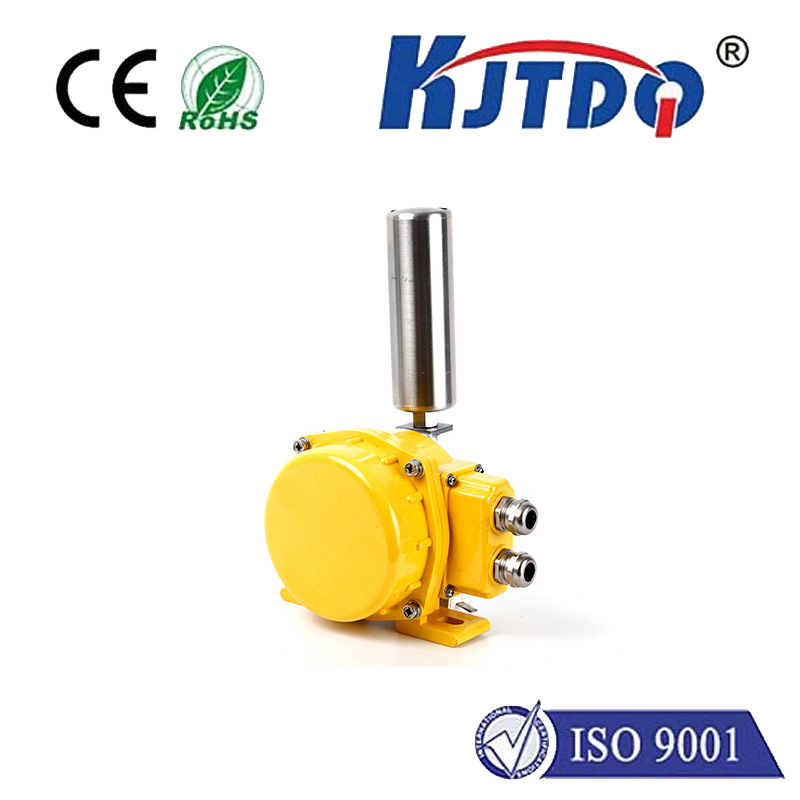laser point sensor
- time:2025-09-08 16:48:07
- Click:0
Laser Point Sensors: Non-Contact Precision Where Millimeters Matter
Imagine needing to measure the precise gap on a high-speed production line, inspect the minuscule height variations on a silicon wafer, or ensure a robotic arm places components with micrometer accuracy. Traditional contact methods introduce errors, wear out, or simply can’t keep up. This is where the laser point sensor shines – literally and figuratively. Emitting a focused beam of light onto a target, these sophisticated instruments measure distance, displacement, or presence with astounding speed and precision, becoming the critical eyes of modern automation and quality control. Understanding their capabilities is key to unlocking new levels of manufacturing efficiency and reliability.
The Core Principle: Light as a Ruler
At its heart, a laser point sensor operates on triangulation or time-of-flight principles:
- Triangulation: This is the most common method for short to medium-range, high-precision distance measurement. The sensor projects a highly focused laser point onto the target surface. The reflected light hits a position-sensitive detector (like a CCD or CMOS array) inside the sensor. The position of this reflected spot on the detector changes depending on the target’s distance. Sophisticated electronics calculate this shift, providing an incredibly accurate distance reading. This method excels at the micrometer-level resolution needed for demanding applications.
- Time-of-Flight (ToF): For longer ranges, some laser point sensors use ToF. Here, the sensor measures the time it takes for a very short laser pulse to travel to the target and back. Knowing the speed of light allows calculation of the distance. While resolution is typically coarser than triangulation (millimeters rather than micrometers), ToF excels at measuring larger distances robustly.
Unlocking Advantages: Why Laser Point Sensors Dominate

The adoption of laser displacement sensors across diverse industries isn’t accidental. They offer a compelling set of advantages over contact probes and other optical methods:
- Exceptional Resolution and Accuracy: Achieving micrometer or even sub-micrometer resolution is standard for triangulation-based sensors. This level of precision is unattainable for most contact probes and crucial for applications like semiconductor inspection or precision machining.
- Blazing Measurement Speed: Data acquisition happens at kilohertz (kHz) rates. This allows for real-time monitoring and control of high-speed processes, such as verifying part dimensions on a fast-moving conveyor or guiding robotic assembly.
- True Non-Contact Measurement: The laser beam touches nothing. This eliminates wear on the sensor probe itself and, critically, prevents any damage or distortion to delicate, soft, or moving targets. Measuring thin films, fragile components, or hot surfaces becomes feasible.
- Small Spot Size: The focused laser generates a tiny measurement spot. This enables precise measurements on small features, edges, or curved surfaces that would be impossible with larger sensor heads or contact methods.
- Reduced Sensitivity to Environmental Factors: Compared to many other optical sensors, modern laser sensors are less affected by ambient light variations and certain types of surface contamination, offering more reliable performance on factory floors.
- Simplified Setup and Calibration: Once mounted, setup often involves simple referencing or calibration routines, making them relatively easy to integrate into existing systems.
Where Precision Makes the Difference: Key Applications
The unique capabilities of laser point sensors make them indispensable in numerous fields:
- Industrial Automation & Robotics: Real-time position feedback for robot guidance, weld seam tracking, gap measurement in auto body assembly, and precise part placement on assembly lines.
- Quality Control & Metrology: High-speed dimensional inspection of parts (thickness, width, height, runout), surface profile scanning, coplanarity checks, and verifying assembly completeness.
- Electronics & Semiconductor Manufacturing: Measuring wafer warpage, chip thickness, solder paste volume, component coplanarity, and lead frame height with micron-level accuracy.
- Rolling Mills & Process Lines: Continuous monitoring of strip thickness, width, position, and vibration on steel, aluminum, paper, plastic, or glass production lines.
- Medical Device Production: Ensuring the precise dimensions of implants, syringes, and intricate components where non-contact measurement is essential.
- Research & Development: Providing high-fidelity displacement data for vibration analysis, material testing, micro-positioning verification, and prototyping.
Choosing the Right Tool: Considerations for Selection
Selecting the optimal laser displacement sensor requires careful consideration of your specific application needs:
- Required Range & Standoff: How far will the sensor be from the target, and what measurement range is needed within that distance?
- Precision and Resolution: What level of accuracy and repeatability is critical? Micrometer? Sub-micrometer? Millimeter?
- Spot Size: Does the target feature require a very small laser spot?
- Target Surface Properties: Consider color, texture, reflectivity, and material. Highly reflective or transparent surfaces (like glass) can pose challenges, though advanced sensors and techniques (like using diffuse reflectance modes or specialized optics) can often overcome them.
- Environmental Conditions: Temperature extremes, vibration, dust, and ambient light levels can impact sensor choice. Look for ruggedized industrial sensors with appropriate IP ratings for harsh environments.
- Output & Interface: Ensure the sensor’s output (analog voltage, digital, serial communication) is compatible with your control system or data acquisition setup.
Evolution and the Road Ahead: Smarter, More Capable Sensors
Laser measurement technology is constantly advancing. We see trends towards:
- Enhanced Surface Tolerance: Improved algorithms and optics handle challenging surfaces (dark, shiny, transparent) more effectively.
- Miniaturization: Smaller sensor heads enabling integration into tighter spaces.
- Integrated Intelligence: Onboard processing for basic analysis, filtering, and decision-making at the edge.
- Multi-Spectral Lasers: Using different wavelengths optimized for specific materials or surface types.
- Increased Speed & Resolution: Pushing the boundaries of what’s possible for high-dynamic applications.
The Indispensable Eye for Micron-Level Tasks The laser point sensor is far more than just a specialized tool; it’s a fundamental enabler of modern precision manufacturing, automation, and quality assurance. Its ability to deliver high-speed, non-contact, micrometer-accurate measurements reliably and consistently solves critical challenges across a vast array of industries. From ensuring the flawless assembly of your smartphone to guaranteeing the safety of automotive components or pushing the boundaries of material science, these sensors provide the critical data points where absolute precision is non-negotiable. When finer details demand finer measurement, the focused beam of the laser point sensor provides the answer.







